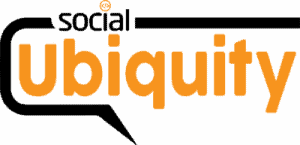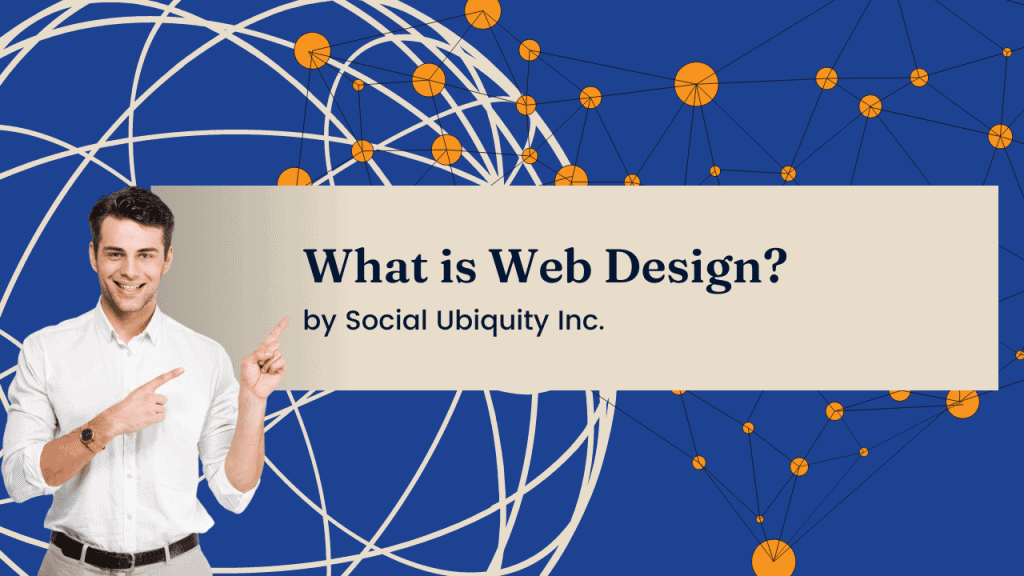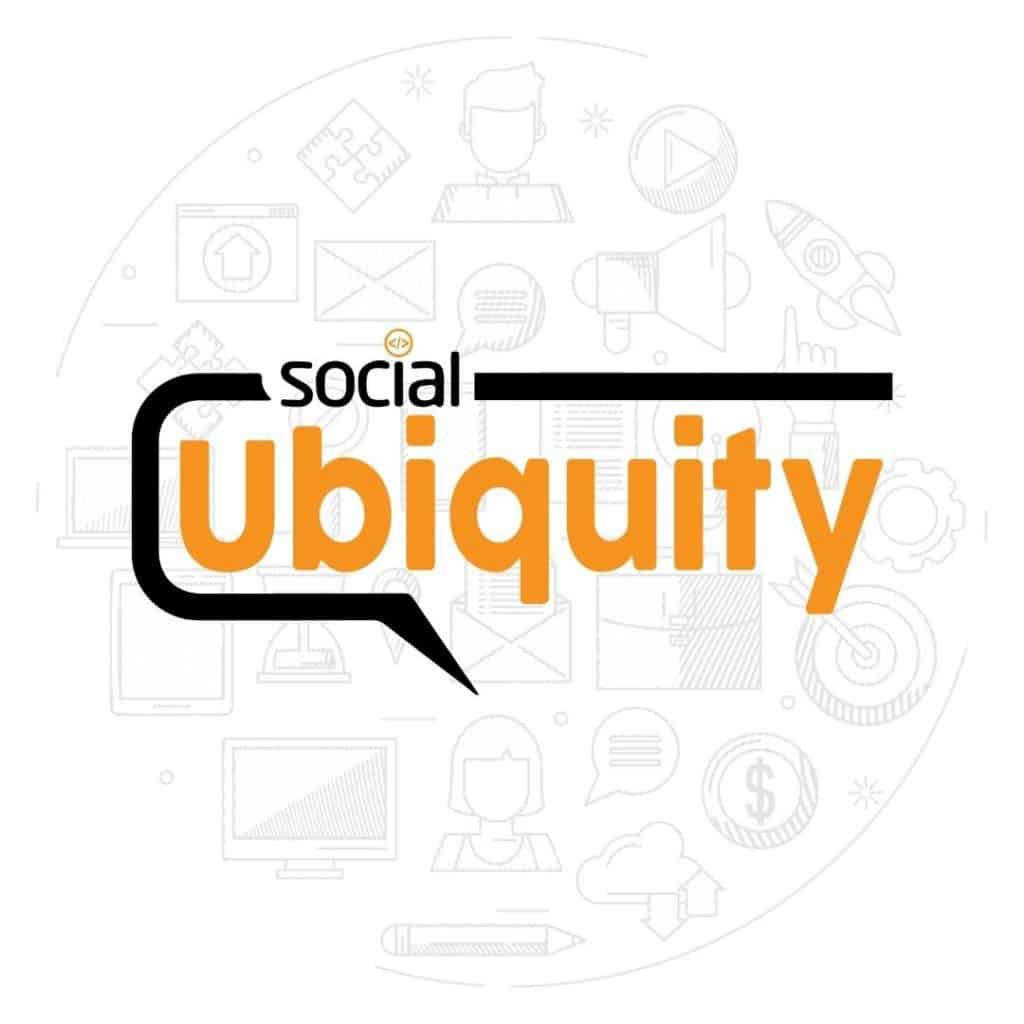Building trust has become both a challenge and a necessity in today’s digital landscape, where misinformation can spread faster than the truth. Whether you are a business, an individual, or an organization, establishing and maintaining trust requires intentional efforts to counter misinformation. But how can we build trust in a time when people are increasingly skeptical of the information they encounter? In this blog, we’ll explore strategies to navigate the misinformation landscape and create an environment of transparency, honesty, and credibility.
Understanding the Impact of Misinformation:
Misinformation, defined as false or misleading information presented as truth, has become widespread in the digital age. Social media platforms and online news sources often amplify misinformation, leading to confusion and eroding trust. This trend is particularly dangerous as it undermines public confidence in media, institutions, and personal relationships.
The Consequences of Misinformation:
- Erosion of Public Trust: As misinformation spreads, people become increasingly doubtful of the information they receive, making it harder to differentiate between real and false.
- Damage to Reputations: Businesses and individuals can suffer significant reputational harm if they are associated with or caught sharing false information.
- Social and Political Division: Misinformation fuels polarization, creating divides between groups that can have long-lasting impacts on society.
Strategies for Building Trust in a Misinformation-Driven World:
1. Promote Transparency:
Transparency is a cornerstone of trust. Whether you’re running a business or sharing information as an individual, being open and honest about your processes, intentions, and sources can help build credibility.
- Be Clear and Open: Share accurate and verifiable information with your audience. Avoid exaggeration or withholding information that could influence how your message is received.
- Acknowledge Mistakes: If you’ve shared misinformation, promptly address and correct it. Admitting mistakes builds integrity and demonstrates accountability.
2. Fact-Checking and Verification:

In an era of misinformation, it is essential to ensure that the information you share is accurate. Fact-checking and verification are critical components in maintaining credibility.
- Use Reliable Sources: Always cross-check facts with credible, established sources. Be cautious of spreading unverified information, especially on sensitive topics.
- Encourage Critical Thinking: Empower your audience to think critically and question the information they consume. This can include sharing resources on identifying trustworthy sources and spotting fake news.
3. Engage with Your Audience Openly:
Engagement fosters trust by creating a two-way communication channel. When your audience feels heard and valued, they are more likely to trust you.
- Foster Open Dialogue: Encourage your audience to ask questions and provide feedback. Addressing their concerns openly and respectfully shows that you value transparency.
- Respond to Criticism: Constructive criticism is an opportunity to build trust. By responding thoughtfully and addressing concerns, you show your audience you are committed to improving.
4. Leverage Trusted Influencers and Experts:
Collaborating with trusted figures can amplify your message and lend credibility to your content.
- Partner with Industry Experts: Working with recognized experts in your field adds authority to your information and signals to your audience that you value expertise.
- Share Credible Testimonials: Testimonials and endorsements from reputable individuals or organizations can further establish your credibility.
5. Build a Track Record of Reliability:
Trust is not built overnight—it requires consistency over time. You will strengthen your reputation as a reliable source by continuously delivering accurate, helpful, and timely information.
- Consistency in Messaging: Consistently provide truthful, clear, and transparent information to build a reliable brand image.
- Follow Through on Promises: Whether it’s delivering on products or promises, reliability in action builds long-term trust.
The Role of Media Literacy in Combatting Misinformation:

Educating people about media literacy is another essential strategy in the fight against misinformation. By teaching individuals how to evaluate sources, verify facts, and recognize biases critically, we can empower society to make informed decisions and reduce the impact of false information.
Key Media Literacy Practices:
- Check the Source: Verify that the information comes from a legitimate, trustworthy source.
- Look for Multiple Perspectives: Consider different viewpoints to understand the topic better.
- Be Aware of Biases: Both media outlets and individuals can have biases that influence how information is presented. Awareness of these biases helps to assess the content critically.
Building trust is more critical than ever in a world where misinformation is rampant. Individuals and businesses can foster credibility and trust with their audiences by promoting transparency, engaging openly, verifying facts, and encouraging media literacy. Trust is built over time through consistent, honest, and transparent communication. In an era where misinformation threatens the foundation of our shared knowledge, being a reliable source of truth is one of the most valuable contributions you can make.







